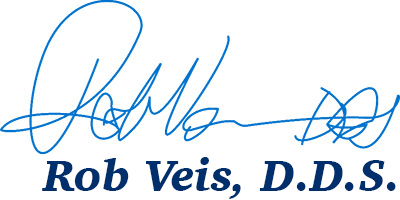 When you take into account the variety of sleep appliances on the market today and pair it with the fact that each and every patient has their own “dental
When you take into account the variety of sleep appliances on the market today and pair it with the fact that each and every patient has their own “dental  landscape,” it becomes crystal clear that finding the ideal sleep appliance to treat your patient is not (and has never been) a matter of “one size fits all.”
landscape,” it becomes crystal clear that finding the ideal sleep appliance to treat your patient is not (and has never been) a matter of “one size fits all.”
So how do you know which sleep appliance is the right one for any given patient?
To be successful in deciding upon the right sleep appliance, you need to know:
Materials, qualities, design and functional specifics of the different appliances. Hard acrylic? Cad-Cam Appliance? Does it allow lateral movement? Is it easily adjustable for patient and/or doctor? How is it retained – ball clasps and clasps? Is it lined with thermoplastic material? Can you adjust it and realign it easily? Then…
What are the controlling parameters in relation to the patient? You will need to perform a full and complete dental sleep examination and a TMJ exam. What are the number of teeth in both arches? Any signs of periodontal disease or decay? Are there broken fillings or crowns that need to be replaced? Signs of lateral bruxism? Does the patient open and close comfortably? What is the range of lateral movement? What is the range of movement from centric relation to the most protrusive position? What is the size of their tongue, the size of their arches, the patency of their nasal airway?
Look at the tonsils, adenoids, the soft palate, hard palate. Do they have a high vaulted palate? Are they a skeletal class l, ll, or lll? As a dentist we should be looking at all possible levels of obstruction: nasal, oral and airway space. Finally…
Is a combined therapy approach called for? One of the main reasons that appliances don’t work at a higher success rate overall is that a combined therapy approach, while often needed, is seldom considered. This approach may prove as simple as prescribing a sleep appliance with a nasal strip – to encourage the patient to breath nasally and keep the air passage open. It may be as detailed and in-depth as employing a CPAP with an appliance of choice.
More to come in future emails, but for now let’s close by acknowledging that the possibilities are truly endless. Match the materials and technological componentry to the existing dental landscape of each individual patient….and then explore the thirdvariable – the possibility that combined therapy may just be the “fitting” solution.

Or call us at 800-423-3270 to schedule a 30-minute Powerpoint presentation or custom webinar/workshop detailing how our sleep experts and appliances can help you integrate sleep therapy into your growing practice.

800-423-3270 www.SMLglobal.com




